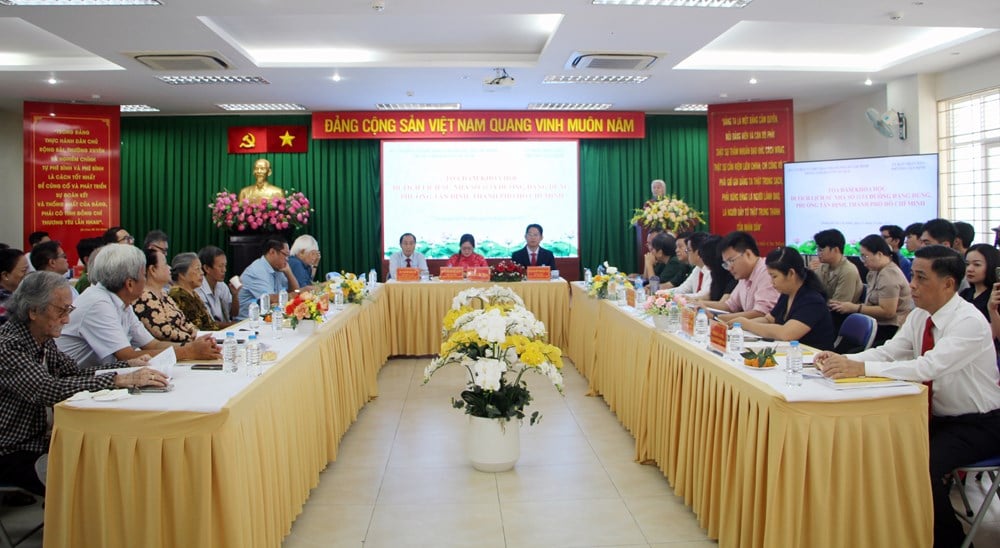
On November 14, the Ho Chi Minh City Monuments Conservation Center coordinated with the People's Committee of Tan Dinh Ward to organize a scientific discussion on the historical site of House 113A Dang Dung, a famous secret base of the Saigon - Gia Dinh Special Forces.
The event aims to gather documents, expert opinions and memories of revolutionary veterans, clarify the formation process, historical and cultural values of the relic, and propose directions for preserving and promoting its value in the coming time.
The discussion focused on analyzing the role of the 113A Dang Dung base in the Saigon - Gia Dinh urban struggle movement, especially the preparation period for the General Offensive and Uprising in the Spring of Mau Than 1968; identifying the cadres and soldiers who operated here; discussing the official name of the relic to ensure it accurately reflects the history and significance of this revolutionary base.
House 113A Dang Dung is currently on the list of historical and cultural relics inventory of Ho Chi Minh City according to Decision 1156/QD-UBND dated August 30, 2025. Ho Chi Minh City Monuments Conservation Center is coordinating with the locality to prepare a scientific dossier to propose ranking as a city-level relic.
Mr. Tran Kien Xuong and Mrs. Doan Duong Thai Anh, the current owners, said that the house was once bought by People's Armed Forces Hero Tran Van Lai (Nam U-son, Mai Hong Que, father of Mr. Tran Kien Xuong) and his wife Mr. Do Mien - Mrs. Nguyen Thi Su to be a secret base of the Saigon - Gia Dinh Special Forces.
Under the guise of a coffee shop, broken rice shop and interior decoration business, the house is equipped with two underground bunkers, two secret mailboxes and an emergency exit, creating a safe communication point right in the middle of a sensitive area, next to Lieutenant General Ngo Quang Truong's house and opposite the residence of a Korean bridge engineer.

House No. 113A Dang Dung - a strategic link in the Special Forces network
According to historical witnesses, House 113A Dang Dung was a link in the network of activities of the Saigon - Gia Dinh Special Forces, a force famous for its flexible, secretive fighting style and ability to build political trenches right in the middle of the city.
According to the book History of the Saigon – Cho Lon – Gia Dinh Special Forces (1945–1975) , by the end of 1967, this force had formed 19 political pockets with 325 participating families, 11 weapons hiding bases and hundreds of military hiding points, of which Tan Dinh was a typical area.
Ms. Le Tu Cam, President of the Cultural Heritage Association of Ho Chi Minh City, commented that the nearly 80-year-old house still retains its original architecture, preserving traces of a secret mailbox, a floating cellar, and an escape cabinet.
During the two resistance wars against France and the US, House 113A fulfilled its historical mission, serving the Saigon - Gia Dinh Special Forces and the City's armed forces during their operations and battles in the heart of the enemy.
The house is also a familiar tourist attraction for locals, tourists, students and pupils, contributing to the education of revolutionary traditions.
“The preservation of the 113A Dang Dung relic is not only necessary in terms of architecture, but also promotes intangible values: the story of patriotism, intelligence, and bravery of the Special Forces and the precious historical memories that remain to this day,” Ms. Le Tu Cam emphasized.
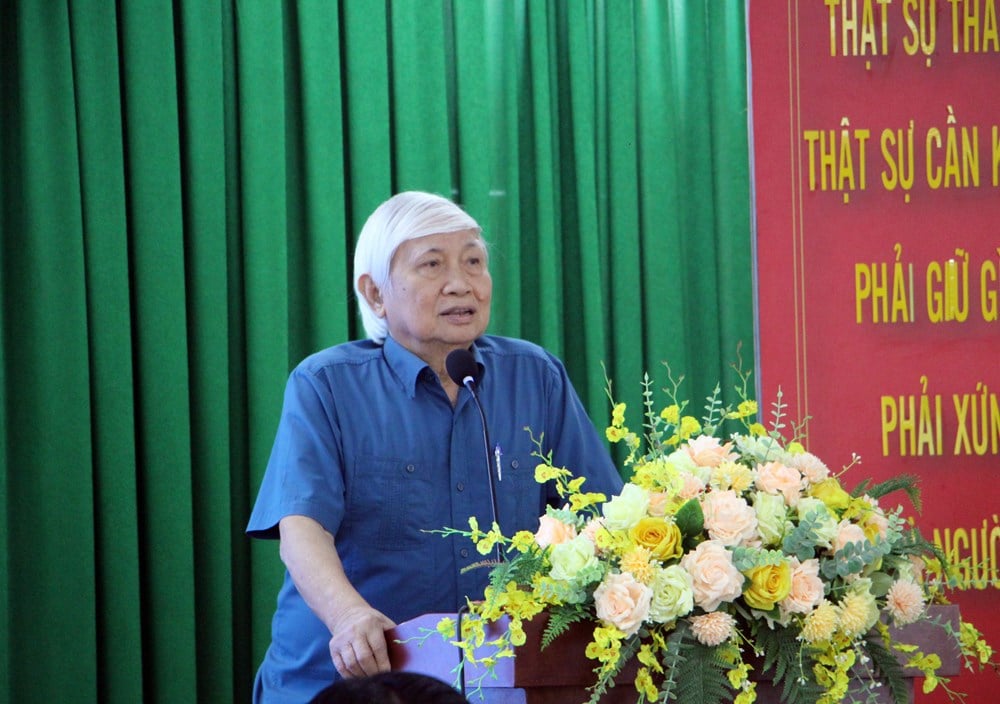
Associate Professor Dr. Phan Xuan Bien, Vice President of the Vietnam Historical Science Association, assessed that the Saigon - Gia Dinh Special Forces were an elite force formed from the correct policies of the Regional Party Committee and the Military Command in the special fighting context of the inner city. This force left behind many achievements, but until now there are still "historical debts" that need to be clarified and expressed gratitude.
He emphasized that in the Commando system, the mission of unit A30 - building inner-city bases, hiding troops, hiding weapons, and forming political pockets - is the most difficult and dangerous.
“Facilities like House 113A are always on high alert, and the slightest mistake will expose them. The house’s location is surrounded by enemy forces, next to General Ngo Quang Truong’s house and opposite the Korean military area, making protection and maintaining secret operations even more important.
Under the guise of rice shops and coffee shops, the abbots have blended into local life to deceive the enemy, maintain communication and ensure the safety of the cadres," said Associate Professor Phan Xuan Bien.
Associate Professor Dr. Phan Xuan Bien proposed to classify House 113A Dang Dung, Tan Dinh Ward as a historical relic of the Saigon - Gia Dinh Special Forces, and at the same time include it in the overall system of Special Forces relic tours, to help the public visualize a complete picture of this special force. Regarding the name of the relic, he said that it is necessary to choose a short, easy-to-recognize name but still accurately reflect the nature of the activities.
He also noted reviewing the records, clarifying timelines, terms such as “surface bunker/secret bunker” and the function of each item in the house, and at the same time recognizing the contributions of those who have preserved the relic, including Mr. Tran Vu Binh (aka Tran Kien Xuong).
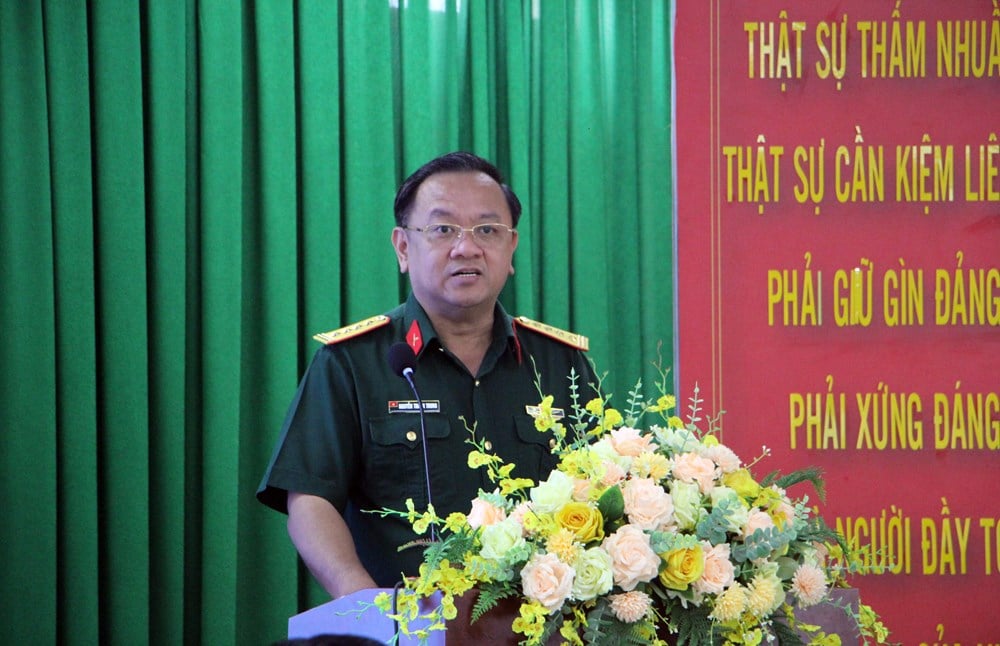
Associate Professor Dr. Ha Minh Hong (University of Social Sciences and Humanities – VNU-HCM) said that house No. 113A Dang Dung has all the characteristics of a “commando-style base”, similar to many places that have been recognized as relics. According to him, the Saigon – Gia Dinh Special Forces operated in a single line and secretly, so many soldiers and bases did not leave any records, leading to current difficulties in verification.
The addition of new facilities, including the house at 113A Dang Dung, helps complete the picture of the special forces - a force "without ranks, without numbers, self-made and self-supporting, relying on the people to fight".
Associate Professor Ha Minh Hong proposed preserving the relics in the true “special forces style”: keeping the current state, name and cover of activities; or developing the model of “special forces’ relics and shops”, both serving the community and spreading historical values. At the same time, it is necessary to promote the digitization of documents to clarify the organization, camouflage and flexible operations of the special forces during the resistance war.
Colonel Nguyen Thanh Trung, Political Commissar of the Ho Chi Minh City Command, assessed House 113A Dang Dung as an important revolutionary base, a place to hide weapons, hold secret meetings and act as a contact point for the Saigon - Gia Dinh Special Forces.
Under the leadership of the City Party Committee and the support of Tan Dinh people, the house became a "base in the heart of the enemy", contributing to many victories, especially in the General Offensive and Uprising in the Spring of Mau Than 1968.
Typical destination of historical tourism
Mr. Nguyen Chi Minh, Party Building Committee of Tan Dinh Ward, said that House 113A Dang Dung has become a "red address" for many years, welcoming thousands of students, cadres and domestic and foreign tourists to learn about the history of Saigon - Gia Dinh Special Forces and the resistance tradition of the army and people of Ho Chi Minh City.
Many schools and agencies choose this place to organize extracurricular activities, study history, recruit Party members and Youth Union members; at the same time, it is a traditional meeting place of the Special Forces, to spread historical values to the younger generation.

House 113A Dang Dung is currently a typical destination for historical tourism, connecting with the system of relics and museums of Ho Chi Minh City, such as the Museum of the Armed Forces of the Southeast, Independence Palace, Ho Chi Minh Campaign Museum, Ho Chi Minh City Museum and War Remnants Museum.
The reception was organized in a systematic manner to protect the architecture, comply with heritage regulations and related laws. However, the relic still faces challenges such as urbanization, environmental pollution, and lack of financial resources for restoration, requiring timely intervention from the authorities.
From that reality, Tan Dinh Ward Party Committee proposed to speed up the classification of House 113A Dang Dung as a City-level historical relic.
Mr. Do Tan Cuong, the third child of Mr. Do Mien and Mrs. Nguyen Thi Su, lived at house 113A Dang Dung from childhood until the country's reunification on April 30, 1975.
As a living witness, experiencing two important historical periods 1964-1968 (Mau Than) and 1969-1975, speaking at the discussion, Mr. Do Tan Cuong expressed his agreement with the records and legal procedures established by Mr. Tran Kien Xuong, which detailed the history of the relic, documents, archived papers and related materials.
Mr. Cuong emphasized that since 2005, Mr. Tran Kien Xuong - son of People's Armed Forces Hero Tran Van Lai - has devoted much effort and enthusiasm to restoring and preserving the house, with the desire to preserve a part of history, so that the public can know about the silent contributions of the liaison officers and Saigon Special Forces soldiers in the resistance war to protect the Fatherland.
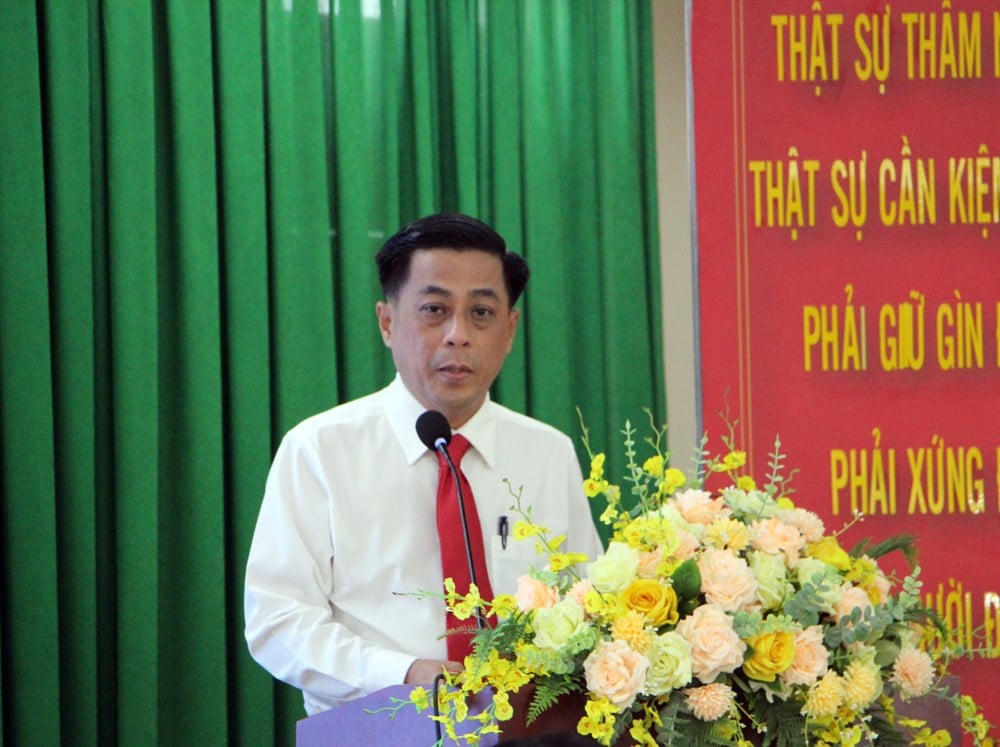
Mr. Do Tan Cuong said that preserving and conserving the historical relic House 113A Dang Dung is also the responsibility of the generation of descendants of revolutionary families, and at the same time expressed pride in the special cultural and historical value of the relic.
Ms. Nguyen Thi Thuy Huong, Deputy Director of the Ho Chi Minh City Monuments Conservation Center, said that the scientific discussion on House 113A, Dang Dung Street, Tan Dinh Ward, was held to celebrate the 20th anniversary of Vietnam Cultural Heritage Day and the 85th anniversary of the November 23 Uprising, to clarify the historical and cultural value of this secret facility.
The discussion unanimously proposed to name the relic “Do Phu Coffee Shop – Dai Han Broken Rice, Saigon – Gia Dinh Special Forces Secret Base” and requested the Ho Chi Minh City People’s Committee to consider ranking it as a city-level historical relic. In the coming time, the Monument Conservation Center will coordinate with the Tan Dinh Ward People’s Committee to complete the scientific dossier and report to the Department of Culture and Sports to preserve and promote the historical value of the relic.
Colonel Nguyen Thanh Trung emphasized that the value of House 113A Dang Dung is not only military but also a cultural and historical symbol of "Saigon resistance culture": brave, intelligent, loyal and relying on the people to fight.
Preserving relics is a common responsibility of the political system. The City's armed forces need to coordinate with functional agencies, educational institutions and people to maintain, restore and spread the value of relics.
Nguyen Quoc Do, Deputy Head of the Saigon-Gia Dinh Military Region's Armed Forces Special Forces Resistance Tradition Club, said the club will provide more documents and historical perspectives to clarify the role of House 113A in the secret base network A.20 - A.30.
Mr. Nguyen Quoc Do affirmed that the facility was directly built by People's Armed Forces Hero Tran Van Lai, holding a special position in the "political hollow" system of Saigon - Gia Dinh Special Forces. The addition and verification of documents helps to restore an objective historical picture and affirm the value of the 113A Dang Dung relic.
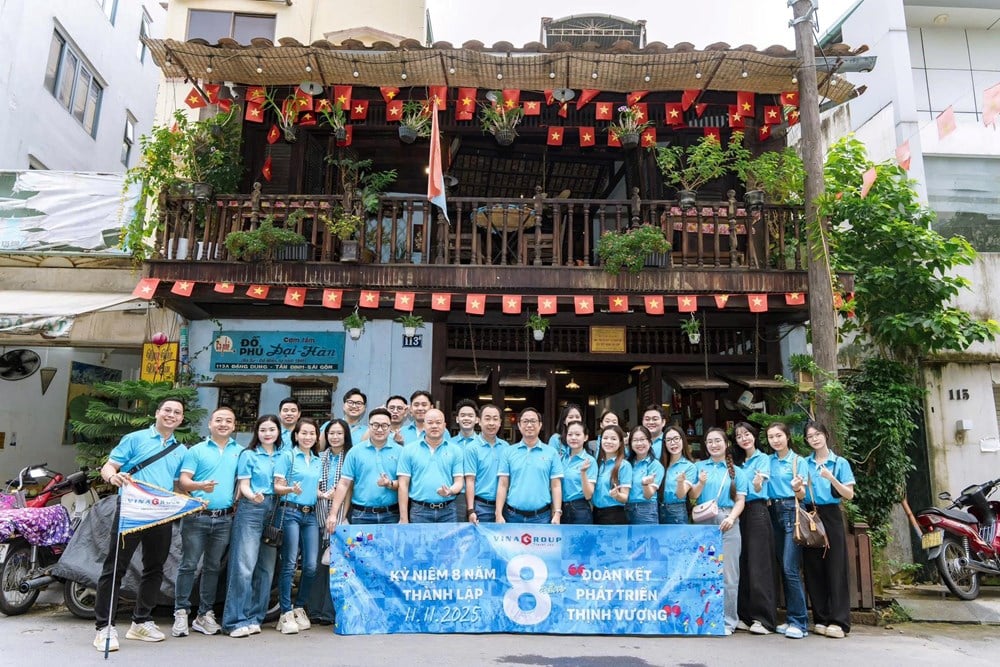
Source: https://baovanhoa.vn/van-hoa/quan-ca-phe-do-phu-com-tam-dai-han-duoc-de-nghi-xep-hang-di-tich-181548.html




![[Photo] Action for the Community tells stories of enduring journeys – both intimate and great, yet quiet and determined](https://vphoto.vietnam.vn/thumb/1200x675/vietnam/resource/IMAGE/2025/11/15/1763179022035_ai-dai-dieu-5828-jpg.webp)

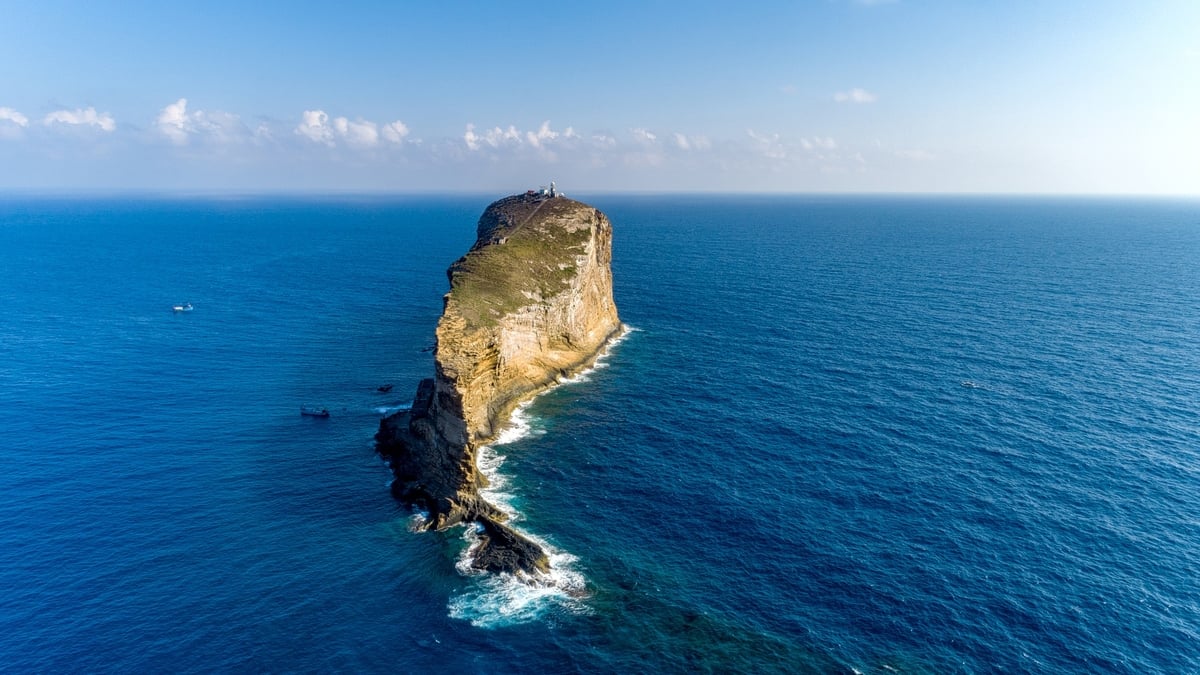







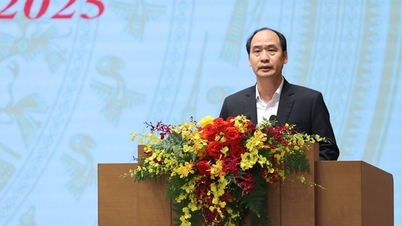













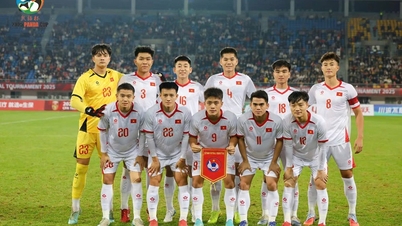




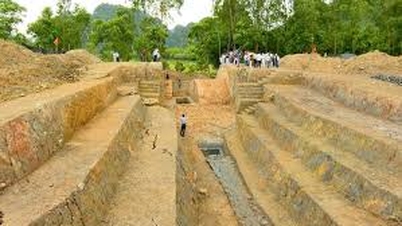

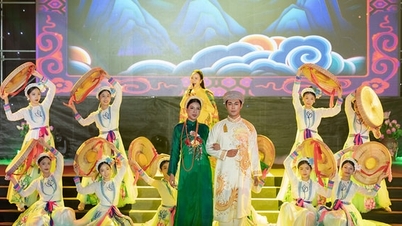



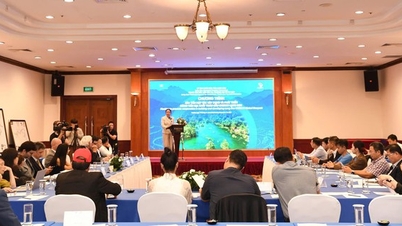





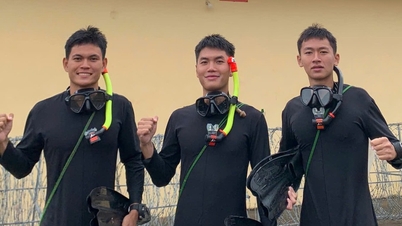























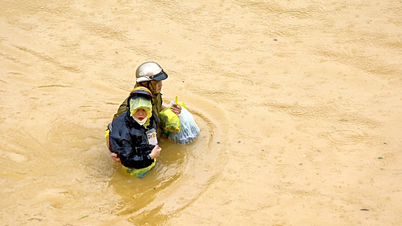


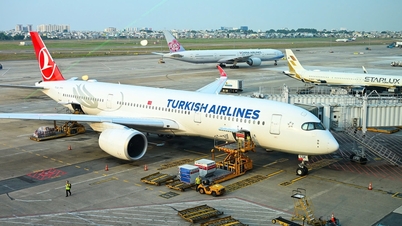



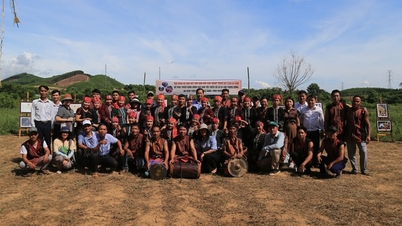
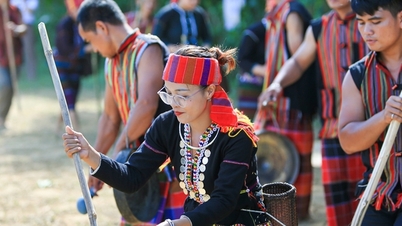







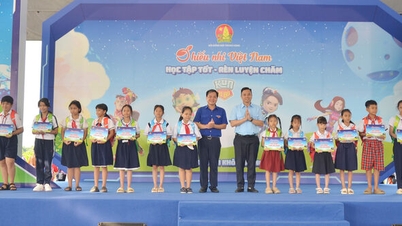


















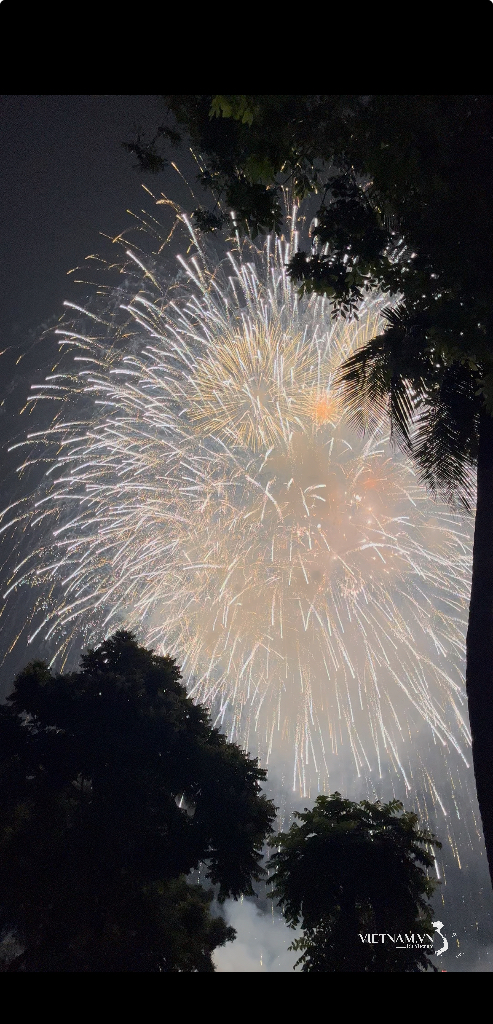
Comment (0)